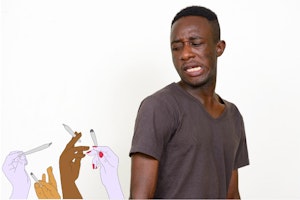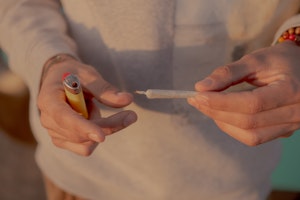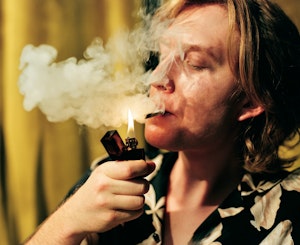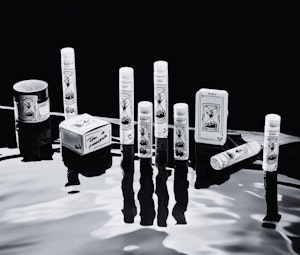
How To Microdose Mushrooms Like A Pro
In recent years, psychedelic mushrooms have piqued the interest of many, emerging as a captivating topic in cultural discourse due to their ability to transform perception.
While exploring the profound depths of a shroom trip may appeal to some, the intensity and unpredictability may deter others.
Here, microdosing emerges as a viable alternative.
By taking sub-hallucinogenic doses, microdosing offers a milder avenue for harnessing the mind-expanding virtues of psychedelic mushrooms. While some find the experience intense and overpowering, it can unfold a kaleidoscopic journey through the folds of one’s consciousness.
The microdosing method facilitates a more controlled and manageable augmentation of creativity, mood, and perception, paving the way for a nuanced self-exploration.
If you’re keen on exploring the transformative potential of psychedelics, this article introduces the practice of microdosing mushrooms, providing a structured approach for safe and practical exploration.
What Is Microdosing?
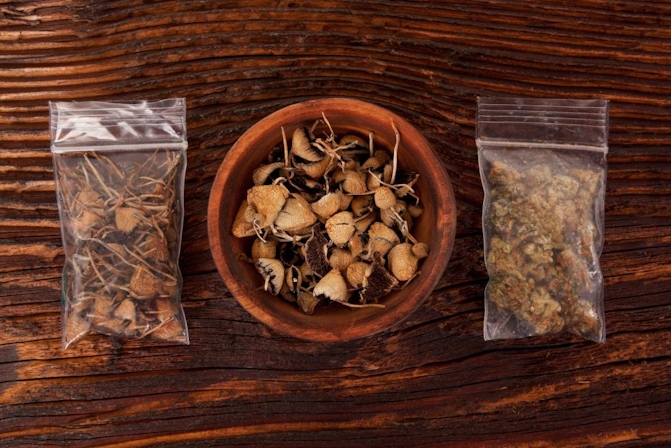
Microdosing is generally referred to as taking about 1/20 to 1/5 of a recreational dose of a psychedelic. In the realm of psilocybin, a typical recreational dose ranges from 2 to 3 grams of dried mushrooms, making a microdose of mushrooms approximately 0.3 grams. But this isn’t an exact science due to the varying potencies of mushrooms and the absence of regulation outside clinical trials.
The question of microdosing’s effectiveness remains under examination. Some studies and anecdotal reports suggest noticeable benefits, like improved mood and mental health. However, other research, including controlled trials, indicates that the effects might be more attributable to expectancy effects rather than the substance itself, suggesting a placebo effect at play.
The safety profile of microdosing is yet to be thoroughly understood due to historical research limitations. However, over the last decade, research on psychedelics has been rekindled, shedding some light on their safety and efficacy. Psilocybin, for instance, is generally considered safe in lower dosages and has been used traditionally for centuries.
However, the risk of mistakenly consuming a poisonous mushroom, due to its resemblance with non-poisonous ones, or ingesting them in a hazardous manner like smoking poses a real danger. It’s essential to consult with healthcare professionals to comprehend the risks associated with microdosing, particularly if you have a history of health challenges or are on medication.
How To Microdose Mushrooms
Several well-established protocols provide structured routines for microdosing psilocybin, differentiated mainly by the number of “off” days incorporated to prevent tolerance buildup. Here, we delve into three popular microdosing protocols: The Fadiman Protocol, The Stamets Stack, and Intuitive Microdosing.
The Fadiman Protocol
Devised by Dr. James Fadiman, this protocol is highly regarded within the microdosing community for its structured “off” days that help users understand the effects of their microdoses. It’s particularly beneficial for first-timers, aiding them in comparing the impact on dosing and non-dosing days. Typically, a microdosing cycle under this protocol lasts 4-8 weeks, with an option to take a 2-4 week break if tolerance buildup is suspected.
- Day 1: 1st microdose
- Day 2: Transition day (no dose, residual effects felt)
- Day 3: Normal day (no dose)
- Day 4: 2nd microdose
The Stamets Stack
Named after mycologist Paul Stamets, this protocol not only involves microdosing psilocybin but also “stacks” it with other supplements to create a nootropic stack, including Lion’s Mane, for promoting neurogenesis and Niacin to facilitate the delivery of the substances to the brain.
- Days 1-4: Microdosing days
- Days 5-7: Transition days (no dose)
- Days 8-11: Microdosing days
- Days 12-14: Transition Days (no dose)
Note: Some individuals may experience skin flushing from Niacin, which usually subsides within a few hours but could be uncomfortable.
Intuitive Microdosing
This flexible approach is often adopted by individuals who’ve experienced other structured protocols and prefer a more personalized routine. It involves microdosing based on personal need and circumstance while ensuring at least one full sober day between doses or two consecutive sober days within a week to prevent tolerance.
Benefits Of Microdosing
The potential of microdosing mushrooms to alleviate symptoms of depression and anxiety has been explored in various studies. An observational study published in Nature-Scientific Reports hinted at small to medium-sized improvements in symptoms of depression, anxiety, and stress over 30 days among microdoses compared to a control group. Individuals often report an enhanced mood, emotional stability, and improved relationships, contributing to an overall sense of well-being.
Improved cognitive function, encompassing enhanced focus and concentration, is another reported benefit of microdosing mushrooms. Microdosing psilocybin could foster cognitive flexibility and creativity, as suggested by a study where psilocybin therapy enhanced cognitive and neural flexibility in major depressive disorder patients.
Another highlight is a 2019 study indicating lower distractibility levels among psilocybin microdosers, suggesting a pathway to improved productivity. Though promising, these findings underscore the infancy of understanding psilocybin’s full scope on focus and productivity, calling for further rigorous investigation in controlled settings.
Growing evidence suggests psilocybin can enhance neuroplasticity, facilitating the brain’s formation of new neural connections. Animal studies reveal psilocybin’s role in promoting genes pivotal for synaptic plasticity, contributing to new neurons and synapses’ development. Notably, higher doses reflected more substantial neuroplasticity changes in rats. This neural reorganization may enhance learning and memory consolidation, suggesting a potential avenue for enhanced cognitive flexibility.
Microdosing can be a conduit for self-reflection and spiritual exploration, nurturing a deeper bond with oneself and the expansive world. Research indicates that psilocybin can spark mystical experiences characterized by a universal connection, enriching personal meaning and spiritual significance while fostering emotional acceptance. One study highlighted that individuals found profound meaning and spiritual significance even 14 months post-psilocybin administration in supportive conditions.
Microdosers often report a surge in creativity despite mixed scientific findings. Some studies note an increase in spontaneous creative insights post-psilocybin, particularly a rise in novel ideas seven days after administration. Meanwhile, others indicate a temporary dip in productive creativity during the psilocybin effect.
The interaction between psilocybin and the brain’s serotonin receptors is believed to encourage divergent thinking, potentially fostering novel thought connections. This altered cognitive state could offer fresh perspectives. Nonetheless, the scientific community calls for more research to unravel the exact impact of psilocybin on creativity.
Herb Recommended Products:
READ MORE
